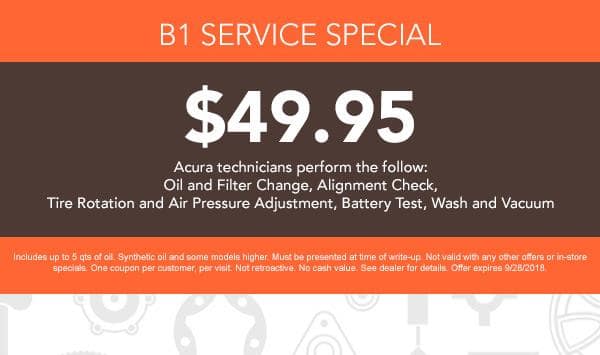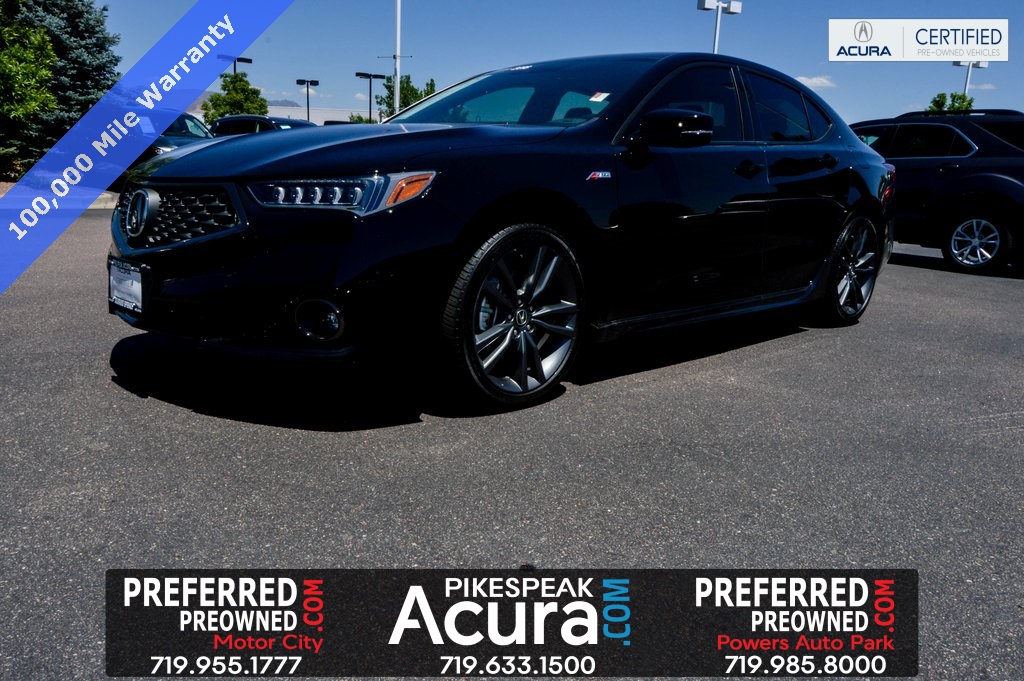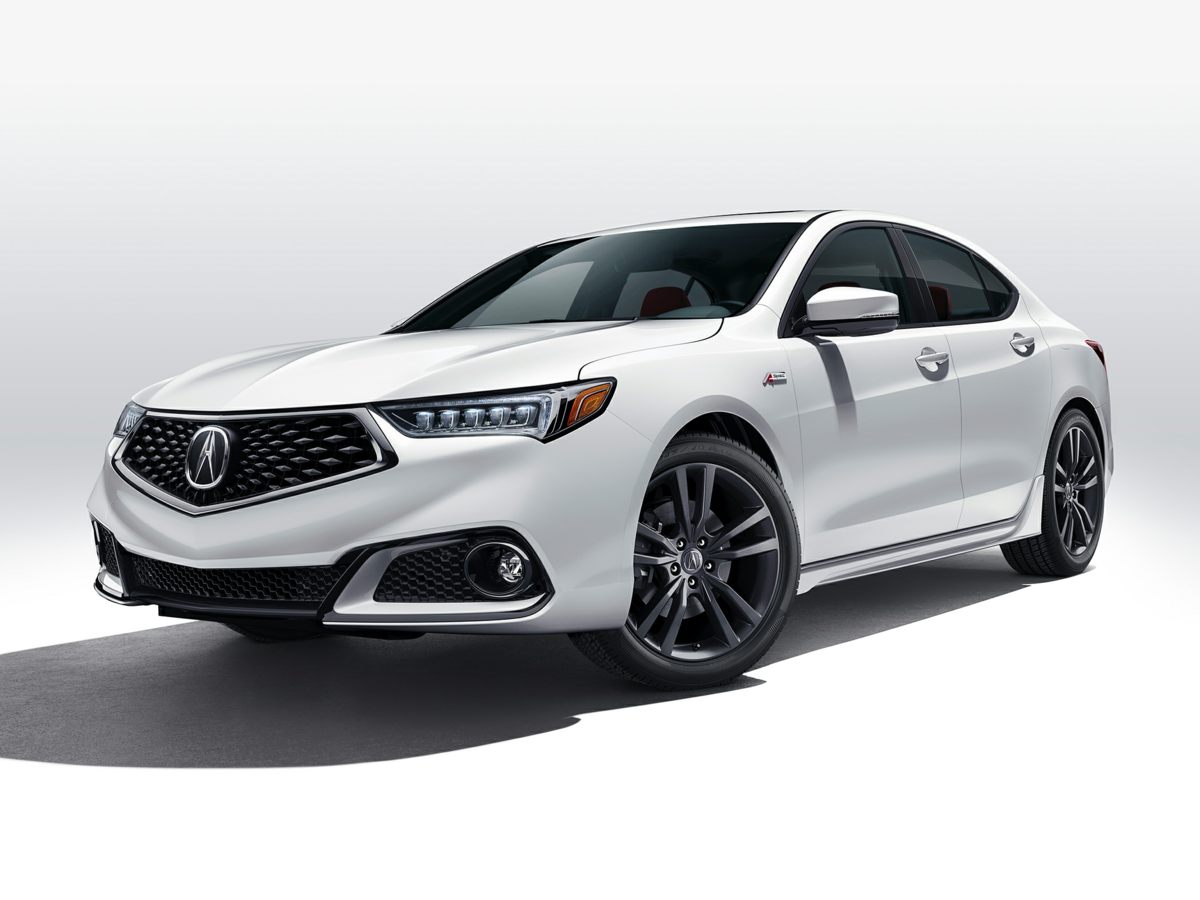Pikes Peak Acura Ltd.
Pikes Peak Acura has become widely known as one of the premier auto dealers in Colorado. We know that you have high expectations, and as an Acura dealer we enjoy the challenge of meeting and exceeding those standards, beginning from the first time we meet you, extending on for a lifelong relationship. 655 Automotive Drive Colorado Springs, CO 80905 (877)297-0076
October 31, 2018
October 23, 2018
October 16, 2018
Ignore These Vehicle Repairs and You May Get Pulled Over
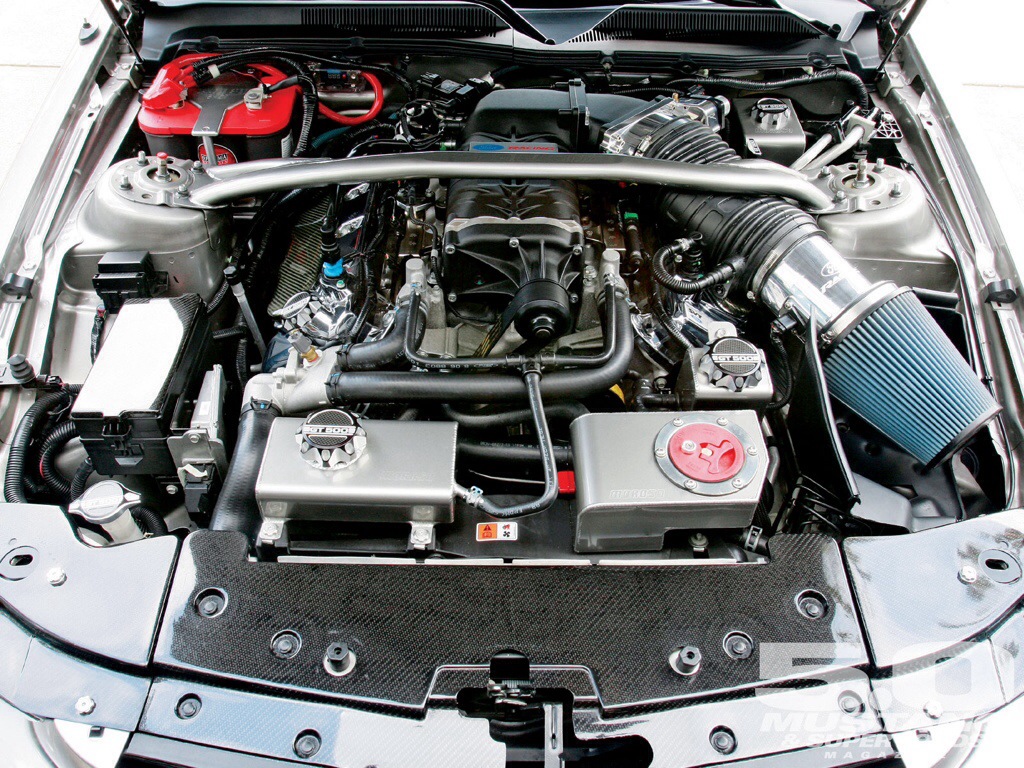
From Car Care Council
Many drivers may feel that they don’t have the time or money to address vehicle repairs immediately, but beware that ignoring some repairs can get you pulled over and even ticketed, says the Car Care Council.
“Ignoring certain vehicle repairs may seem to save money in the short term but can lead to extra costs, such as fines or ‘fix-it’ tickets, if these problems are not taken care of when they arise,” said Rich White, executive director, Car Care Council. “In some jurisdictions, car owners may even lose their license for certain violations. A few dollars spent on simple vehicle repairs can help avoid trouble with the law.”
While a vehicle is in operation, traffic laws require that certain equipment is properly installed and functioning correctly, including brakes, headlights, turn signals, mirrors, windshields and safety belts, to name a few.
The Car Care Council recommends that drivers address these repairs right away as they present public safety concerns that can earn drivers a traffic ticket on top of a repair bill.
- Non-functioning turn signals and headlights or taillights that are cracked or broken. Most states require vehicles to have functioning turn signals as well as two functioning headlights and taillights. Taillights must illuminate red; if a taillight is cracked, it can give off a white light, which is also typically a traffic violation.
- Cracked windshield. If a windshield is cracked, discolored or tinted in a way that obstructs vision, drivers may get ticketed and fined. In some states, vehicle modifications, such as tinted windows, are prohibited.
- License plates are unreadable. If the license plate light is out or if the plate is otherwise unreadable, drivers may be pulled over. In some states this includes clear or tinted plastic license plate covers.
- Loud exhaust system. A defective exhaust system that is too loud, either because it has been modified or because it needs repairs, can be cause for a ticket. What is considered loud depends on the state.
October 9, 2018
Reasons Your Check Engine Light May Be On
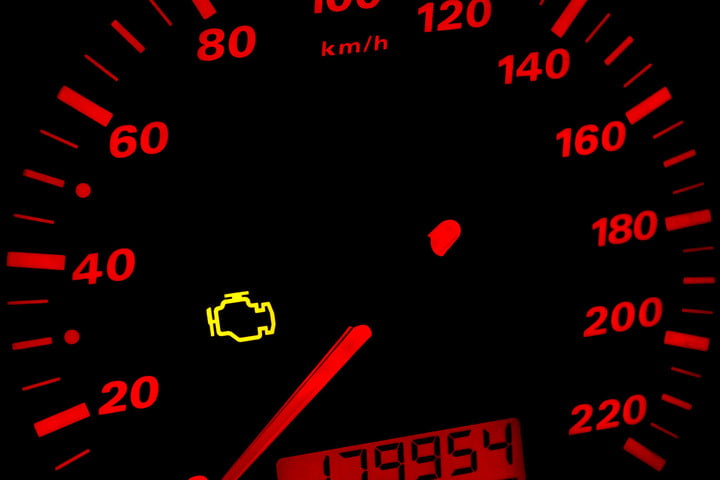
From the Car Care Council
The top 10 check engine light repairs from the annual CarMD® Vehicle Health Index™ reinforces what the Car Care Council has been saying for years. Motorists who ignore the check engine light get less miles per gallon and could face costly repairs down the road.
“Many people fear that when the check engine light comes on, it is going to mean several hundred or more dollars in repairs, so they ignore the light and hope the problem goes away,” said Rich White, executive director, Car Care Council. “Data from CarMD makes it clear that not addressing the cause of an illuminated check engine light can cost you in terms of wasted fuel and more expensive repairs in the future.”
When the check engine light is illuminated, it usually means that the vehicle system, such as the ignition, fuel injection or emission control, is not operating properly, even if the vehicle appears to be running normally. The top 10 most common check engine light repairs as reported by the recently released CarMD Vehicle Health Index are as follows.
- Replace O2 sensor(s)
- Replace ignition coil(s) and spark plug(s)
- Replace catalytic converter
- Inspect fuel cap and tighten or replace as necessary
- Replace evaporative emissions (EVAP) purge control valve
- Replace mass airflow (MAF) sensor
- Replace ignition coil(s)
- Replace evaporative emissions (EVAP) purge solenoid
- Replace fuel injector(s)
- Replace thermostat
October 2, 2018
Brush Up on These Highway Driving Tips

Written by The Allstate Blog Team
No matter where you live and travel, it’s important to drive safely on the highway. After all, these fast-paced roads come with their own set of challenges. So, when you hit any interstate, keep these highway driving safety tips in mind.
Watch Your Speed
Highway speed limits can range from 50 mph (in the District of Columbia) to 85 mph (in Texas), according to Road and Track magazine. So, you’ll want to observe speed limits to be sure you’re traveling at the posted limit in good driving conditions. Speeding endangers everyone on the road, according to the National Highway Traffic Safety Administration (NHTSA). Remember, adjust your speed when driving through inclement weather like ice, rain and snow, as well as construction and bumper-to-bumper traffic.Maintain a Safe Following Distance
Nobody likes being tailgated and, on top of that, it’s risky. If the driver in front of you has to come to a quick stop, following too closely could have dangerous consequences. Instead, maintain a safe following distance from the car ahead of you (especially if roads are slick). You should leave at least 3 seconds between you and the car or motorcycle in front of you, according to the NHSTA.Sharing the Road With Semis
Highway driving means sharing the roads with plenty of semi-trucks. There are 3.2 million truck drivers in the U.S., with each of them averaging about 45,000 miles a year, according to Popular Mechanics Magazine. When sharing highways with these large trucks, be sure to give plenty of room when passing and merging in front of them and use your blinker. According to the Women In Trucking Association, look for the big side mirrors on a truck’s door, and remember if you cannot see the trucker, they cannot see you. Cutting off a semi-truck can cause the trucker to have to brake suddenly, which may cause them to lose control.Keep Right
In some states, the left lane is considered the passing lane, so if you’re not overtaking a slower-moving vehicle, stay in the right lane, says U.S. News and World Report. Some interstates have signs posted to enforce this rule, and in some cases you may be pulled over and ticketed if you’re camping out in the left lane.Maximize Your Visibility
A good view from the driver’s seat may help ensure your safety, and it’s also important to make sure that other drivers can see you. The New York State Department of Motor Vehicles advises to turn on your headlights when the sun sets or when driving through adverse weather conditions, like rain, sleet, snow and fog.Be Alert
Safe driving starts with you, so don’t get distracted by things like your smartphone or eating food. Instead, give the highway your undivided attention. According to the Insurance Information Institute, activities that take drivers’ attention off the road are a major safety threat.Many of us pull on to the highway every day as part of our routine, but it’s always a good idea to think about safety before you do. Taking in these helpful reminders can help keep you, and everyone around you, safe on busy highways.
September 25, 2018
Certified Pre-Owned 2018 Acura TLX 3.5 V-6 9-AT P-AWS with A-SPEC RED 4D Sedan
September 18, 2018
Certified Pre-Owned 2018 Acura TLX 3.5 V-6 9-AT P-AWS with A-SPEC RED 4D Sedan
Subscribe to:
Posts (Atom)




